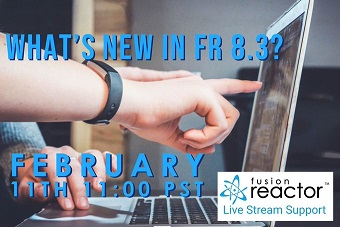Note: This blog post is from 2020. Some content may be outdated--though not necessarily. Same with links and subsequent comments from myself or others. Corrections are welcome, in the comments. And I may revise the content as necessary.
I have a really simple solution to offer here, for a problem that has been nagging people running ColdFusion for the past few years. This post
may also benefit those NOT running CF, especially if they have found confusing/conflicting information about the Java metaspace error and jvm argument that relates to it.
Perhaps you're getting errors referring to "metaspace" or "OutOfMemoryError: Metaspace", whether in your web sites, error logs, or even the CF Admin, and you wonder "what to do". Or you may be getting odd occurrences of blank pages, and if you look in your coldfusion-error.log you are finding such metaspace errors.
TLDR; In all these cases, the solution is simple (and may seem contrarian to some ears): REMOVE the maxmetaspace element from your JVM arguments. Indeed, I would go so far as to say everyone should simply remove it, even BEFORE you may get errors.
In the post that follows, I will explain how to remove it, including how you need to be VERY careful when doing that. You may also wonder why I recommend removing it, versus raising it. I cover that, as well as a bug report I filed with Adobe related this tis (which was fixed as of CF2021), below.
I also created an abbreviated version of this post, on the Adobe CF portal, if that may interest some readers.
[....Continue Reading....]








